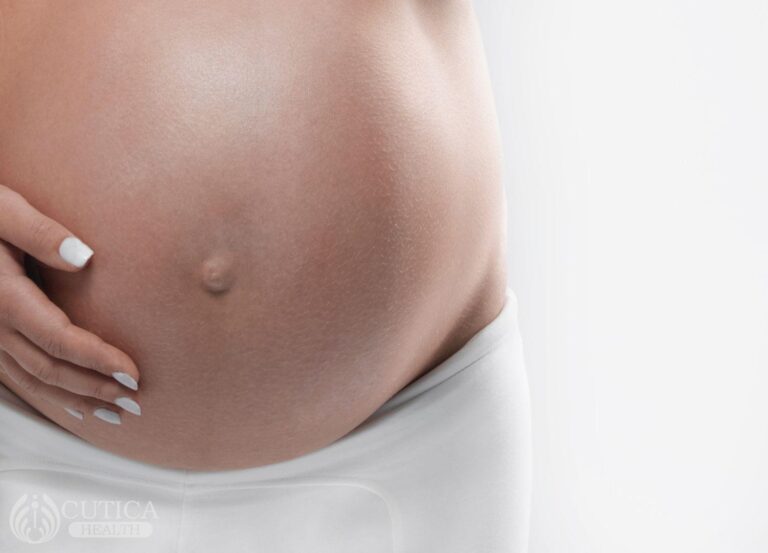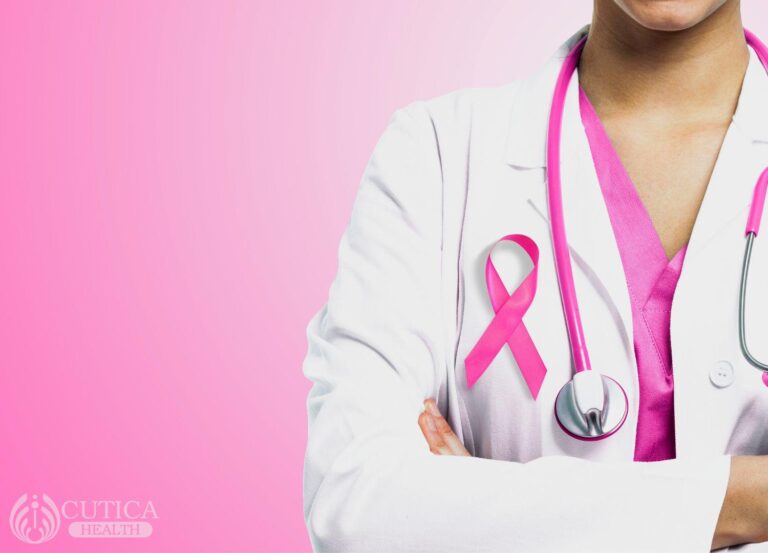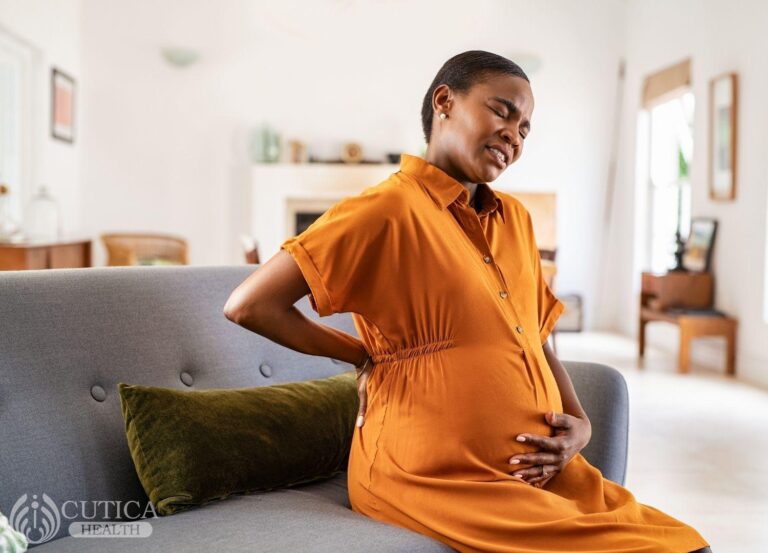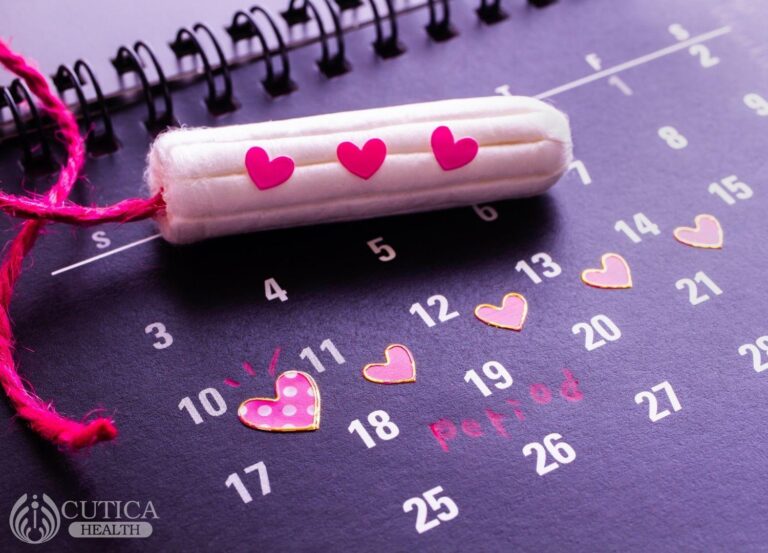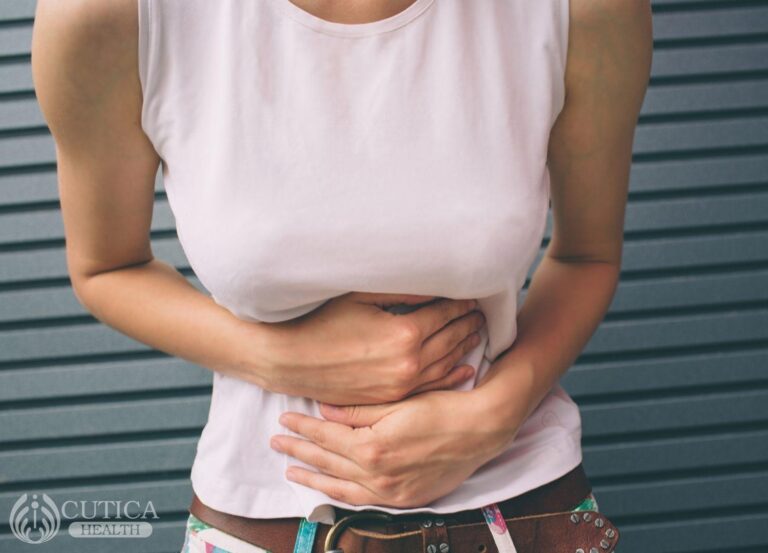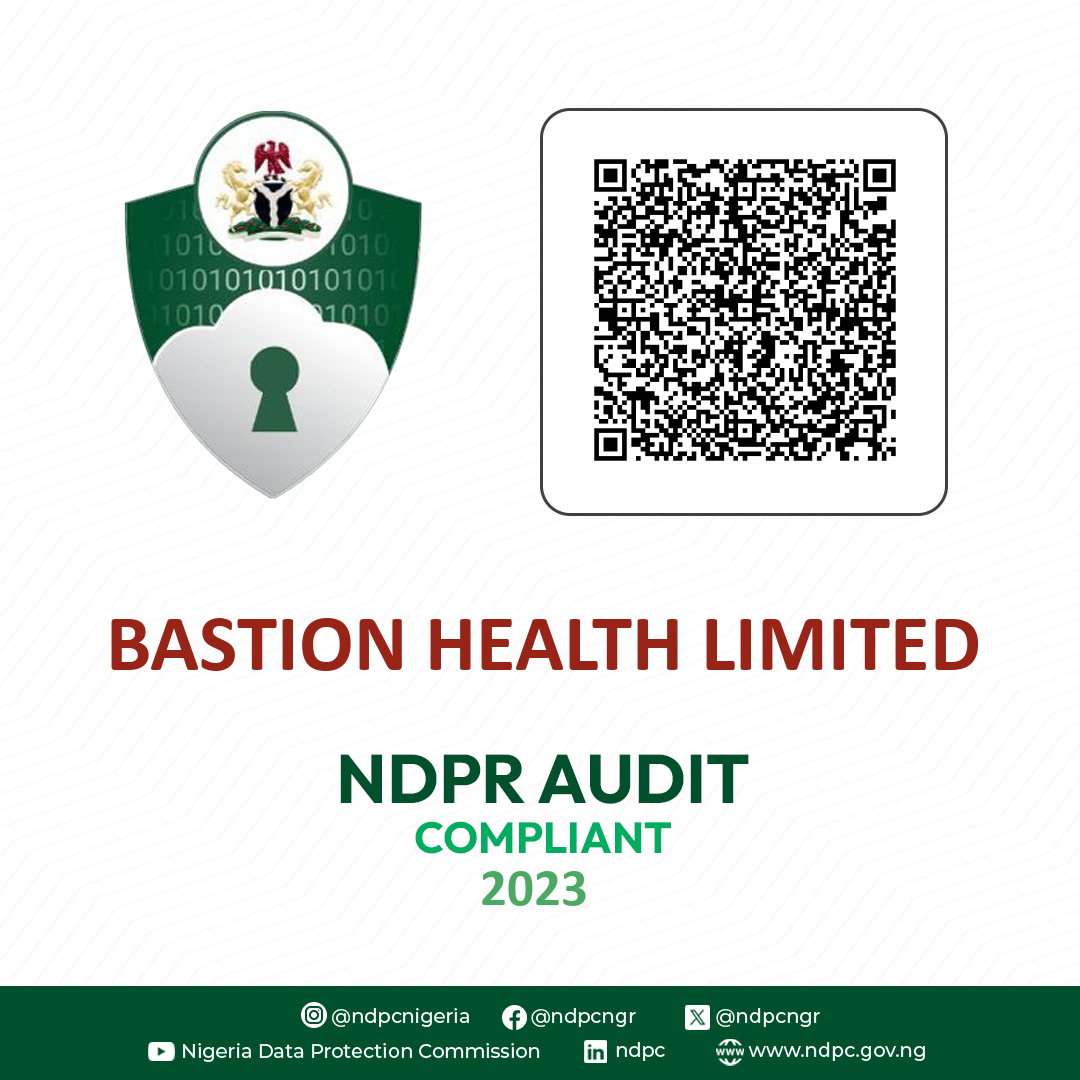Endometriosis: Unending Period pain
Miss. J. is a 30-year-old woman who has been having severe pains around her lower abdomen on and off every month for the past 6 years and worse around her menstrual period. It could get so painful that she finds it difficult to go to work or visit friends during such episodes. Some episodes have her rolling on the floor in her room crying.
Over time, it has become worse, with her business becoming more affected. Miss J. avoids going out because the pain could get unbearable.
She has made use of so many pain medications to manage her symptoms but with little or no improvement. She has visited a few hospitals looking for help. The pain will sometimes get better only to return.
She is distraught and doesn’t know what to do.
What is endometriosis?
Endometriosis is a medical condition in which the inner lining of the womb (endometrium), which is shed during menstrual periods, is deposited in other organs of the body. In endometriosis, the inner lining of the womb could be found in sites like the abdomen, surgical wounds or even the lungs.
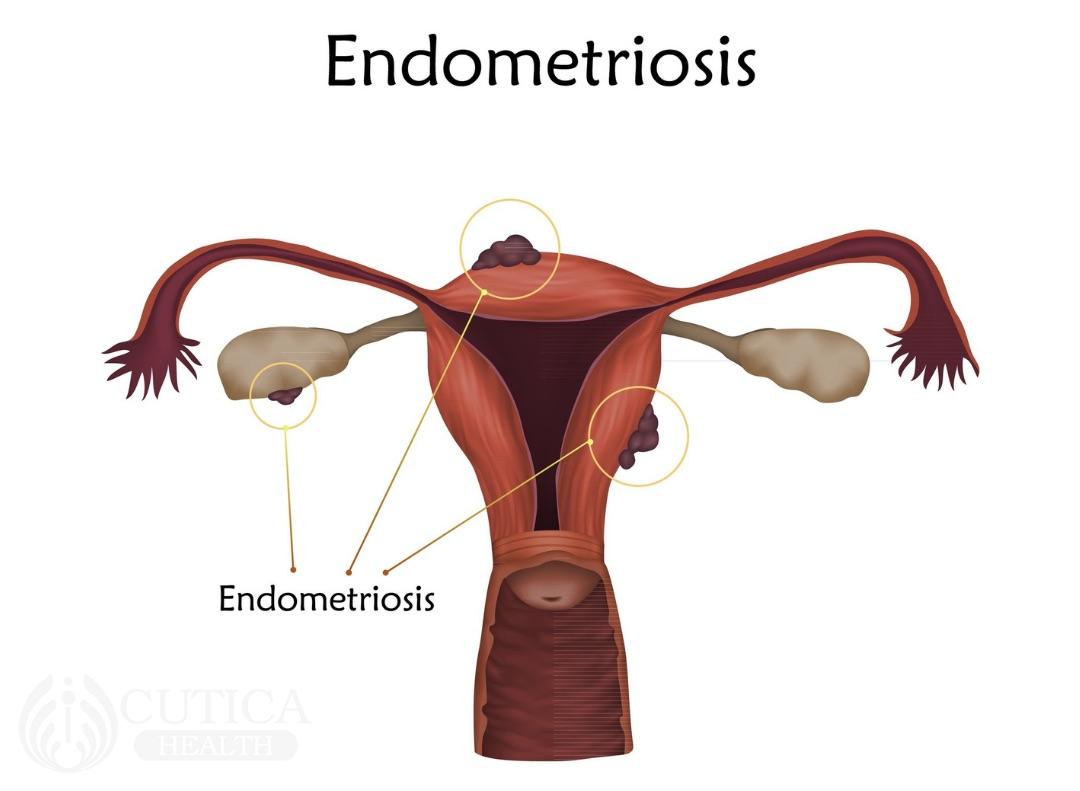
Wherever the inner lining of the womb deposits in the body, they respond to the usual cyclical release of hormones that result in menstruation. So when menstruating, the lining is not only shedding from your womb, it is also shedding from all the other organs where the lining is deposited. This causes pain as the bleeding triggers an inflammatory reaction within the affected organs. So the pain of endometriosis is usually severe around the menstrual period and is very much like the menstrual pain.
What causes endometriosis?
It is not entirely clear how this disease occurs but some theories do exist. A common theory is that the cells lining the uterus get dispersed to other parts of the body through blood vessels and lymphatics.
Some factors have been shown to be closely associated with endometriosis:
- If a family member has endometriosis.
- Early age at which menstruation starts.
- A short menstrual cycle (<27 days)
- Having fewer children
- Delayed child bearing
How does endometriosis manifest?
Usually, individuals with endometriosis have a wide range of symptoms depending on how severe the disease is.
Symptoms may include:
- Severe back and pelvic pain during menstrual periods
- Heavy menstrual bleeding
- Painful urination or bowel movement during menstrual periods
- Difficulty becoming pregnant
- Pain during sexual intercourse
These affect the individual’s life and can disrupt day-to-day activities. is?
It is not entirely clear how this disease occurs but some theories do exist. A common theory is that the cells lining the uterus get dispersed to other parts of the body through blood vessels and lymphatics.
Some factors have been shown to be closely associated with endometriosis:
- If a family member has endometriosis.
- Early age at which menstruation starts.
- A short menstrual cycle (<27 days)
- Fewer children
- Delayed child bearing
How does endometriosis manifest?
Usually, individuals with endometriosis have a wide range of symptoms depending on how severe the disease is.
Common complaints include:
- Painful menstrual like cramps
- Lower back and pelvic pain
- Long menstrual periods (>7 days)
- Heavy menstrual bleeding
- Blood in urine or in faeces
- Difficulty becoming pregnant
- Pain during sexual intercourse
The important thing to note about these complaints is that they affect the individuals life by causing a disruption to the day to day activities of the individual. In addition, having the inner lining of the womb deposit outside the womb may cause such complications as infertility and low back pain.
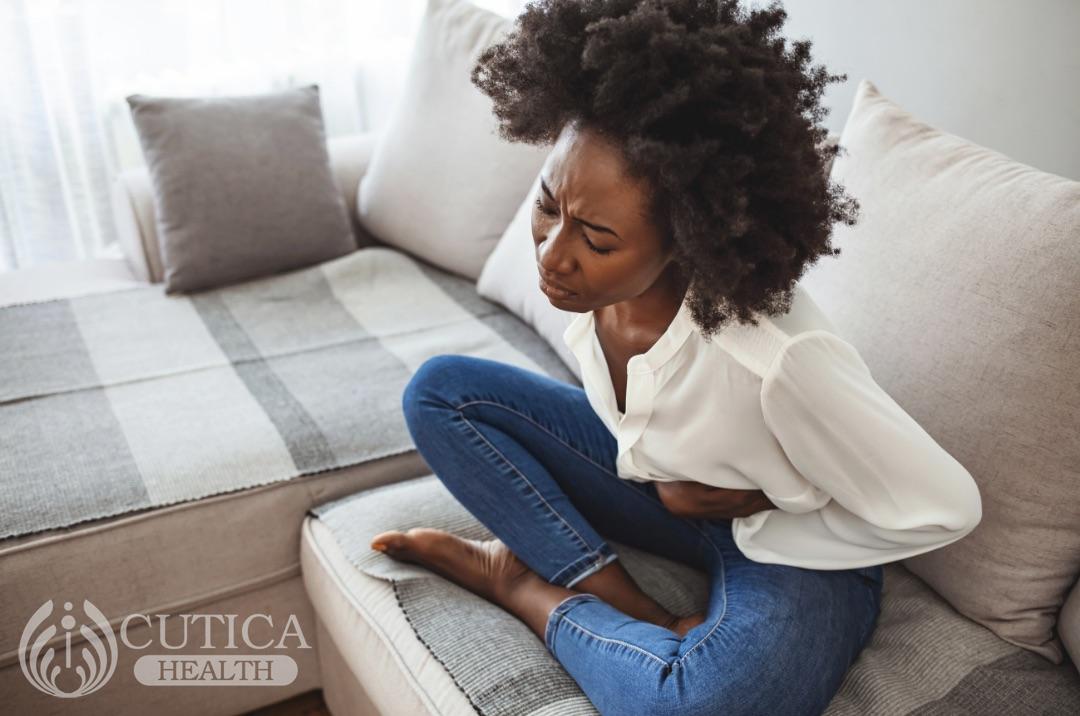
Can endometriosis be treated?
Yes, drugs such as hormonal pills and anti-inflammatory medicines can be used to treat endometriosis. In severe cases, you may need surgery to remove the uterine lining from other organs in the body or to remove the entire womb and ovaries.

Conclusion
Endometriosis is a serious condition affecting many women. It occurs as a result of abnormal deposition of the inner lining of the womb into other organs in the body. This causes several symptoms, including painful periods, low back pain, and irregular periods. If you observe any of these symptoms, please see your doctor.





